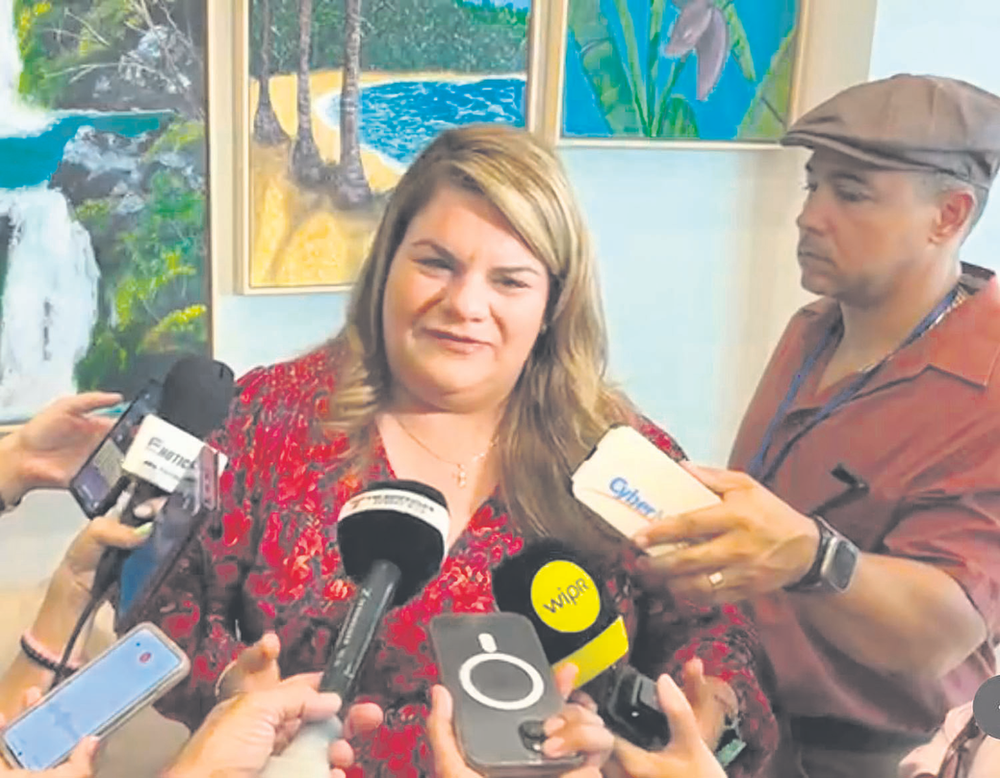
---
Resident Commissioner Jenniffer González Colón has unveiled two fresh federal investments amounting to nearly $78.3 million from the federal Department of Transportation (DOT), aimed at enhancing dock infrastructure and mitigating the environmental effects associated with transportation materials.
“In my role on the Transportation and Infrastructure Committee in the federal House of Representatives, I have advocated for the inclusion of the island in funding and programs that support the modernization and resilience of our infrastructure, laying a strong foundation for economic development and attracting investments,” González Colón stated. “Today, we revealed two new federal fund allocations that not only drive reconstruction but also promote environmental stewardship. I commend the agencies that secured approval for their proposals to utilize the funding provided by Congress.”
The DOT’s Maritime Administration has earmarked $53,526,756 from the total $78,287,326 investment for the Ports Authority under the Port Infrastructure Development Program, as part of the federal fiscal year 2024 budget. These funds will facilitate the reconstruction and modernization of Piers D, N, and O at Puerto Nuevo in San Juan, encompassing the demolition and disposal of current platforms, reconstruction efforts, and the installation of new fender and bollard systems.
Meanwhile, the island Highway and Transportation Authority is set to receive $24,760,570 from the Federal Highway Administration, a DOT agency, as part of the low-carbon transportation materials grant program funded by the federal fiscal year 2022 budget.
These funds are designated to establish procedures for the adoption and application of low-carbon materials in federally assisted construction projects throughout the island. Potential uses include assessing the eligibility, availability, and appropriateness of materials for eligible projects; processes for qualifying and utilizing low-carbon materials; identifying local or regional thresholds for “substantially lower” embodied carbon; developing specifications; and the associated placement costs for low-carbon materials in construction projects.
